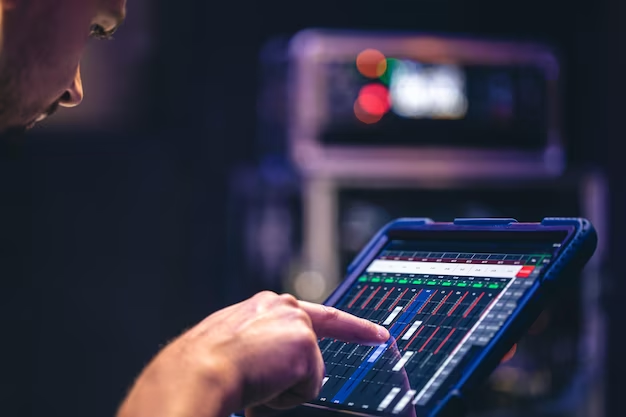ESPHome stands as a pivotal framework for managing and configuring ESP8266 and ESP32 microcontrollers, widely used in home automation. It simplifies the process, making it accessible even for those new to IoT development. The ‘Deep Sleep’ functionality in ESPHome is akin to a laptop’s sleep mode, conserving power efficiently. This mode is essential for IoT devices that depend on battery power for prolonged periods. This guide aims to elucidate the process of setting up Deep Sleep in ESPHome, offering a clear, understandable approach for both experienced developers and novices.
The Necessity of Power Management in ESPHome Devices
In the context of escalating energy efficiency demands, power management becomes imperative, particularly for compact ESPHome devices. These small yet potent machines often work with limited power resources. Without efficient power usage, they face challenges like frequent recharging, shortened lifespan, or even potential failure. Effective power management is, therefore, crucial to ensure these devices operate optimally, reducing energy wastage and enhancing battery longevity. By optimizing power usage, ESPHome devices not only function better, but also contribute to a more sustainable ecosystem.
Implementing Deep Sleep in ESPHome: A Step-by-Step Guide
To leverage the benefits of Deep Sleep in ESPHome, a few key steps are required. Firstly, ensure that your ESPHome device (such as ESP32 or ESP8266) is equipped with the latest firmware. The implementation process includes:
- Choosing Sleep Duration: Determine the appropriate sleep interval for your ESP device;
- Configuring Deep Sleep Component: Add a deep_sleep component in your ESPHome configuration file, specifying the id, run_duration, and sleep_duration;
- Uploading Configuration: After configuring, upload the file to your ESP device using ESPHome;
- Testing the Setup: Verify that the device operates for the set duration and then enters deep sleep mode for the defined period.
Address common issues such as the device not entering deep sleep or waking up prematurely by checking configurations or examining potential hardware issues related to the RESET pin.
Optimizing Your ESPHome Device with Deep Sleep Mode
To maximize the efficiency of ESPHome devices in Deep Sleep Mode, consider:
- Longer Deep Sleep Cycles: Opt for extended sleep periods to reduce power consumption;
- Disabling Non-Essential Components: Turn off features like WiFi to save energy;
- Utilizing Sensor-Based Wake-Ups: Activate the device only when necessary.
Avoid pitfalls like constant data logging or inconsistent wake/sleep cycles, which can diminish the effectiveness of Deep Sleep Mode.
Comparative Analysis: Device Performance With and Without Deep Sleep
| Aspect | Performance Without Deep Sleep | Performance With Deep Sleep |
|---|---|---|
| Battery Life | Shorter due to continuous operation | Extended due to reduced power consumption |
| Energy Efficiency | Lower due to constant power draw | Higher, as power is conserved during inactivity |
| Device Longevity | Potentially reduced due to frequent charging | Enhanced, with less frequent need for recharging |
Video Guide
To answer all your questions, we have prepared a video for you. Enjoy watching it!
Benefits of Combining Sonos HomeKit with ESPHome
The combination of Sonos HomeKit integration with ESPHome devices introduces a new dimension to home automation:
- Unified Control: Manage both your IoT devices and home audio system from a single platform;
- Energy Efficiency: ESPHome’s Deep Sleep mode can work alongside Sonos speakers to optimize power usage, making your home automation setup more energy-efficient;
- Enhanced Automation: Create advanced scenes and automations that include both your ESPHome devices and Sonos speakers, offering a harmonious and automated living space.
Comparative Analysis: Device Performance With and Without Deep Sleep
| Aspect | Performance Without Deep Sleep | Performance With Deep Sleep |
|---|---|---|
| Battery Life | Shorter due to continuous operation | Extended due to reduced power consumption |
| Energy Efficiency | Lower due to constant power draw | Higher, as power is conserved during inactivity |
| Device Longevity | Potentially reduced due to frequent charging | Enhanced, with less frequent need for recharging |
Conclusion
The incorporation of Deep Sleep Mode in ESPHome devices is a game-changer, substantially enhancing their battery life and operational efficiency. This guide aims to provide a comprehensive understanding of Deep Sleep Mode, ensuring your ESPHome devices are not only energy-efficient but also sustainably operated. By following these guidelines, users can expect their devices to function optimally, contributing to their longevity and the overall efficiency of their home automation systems.
